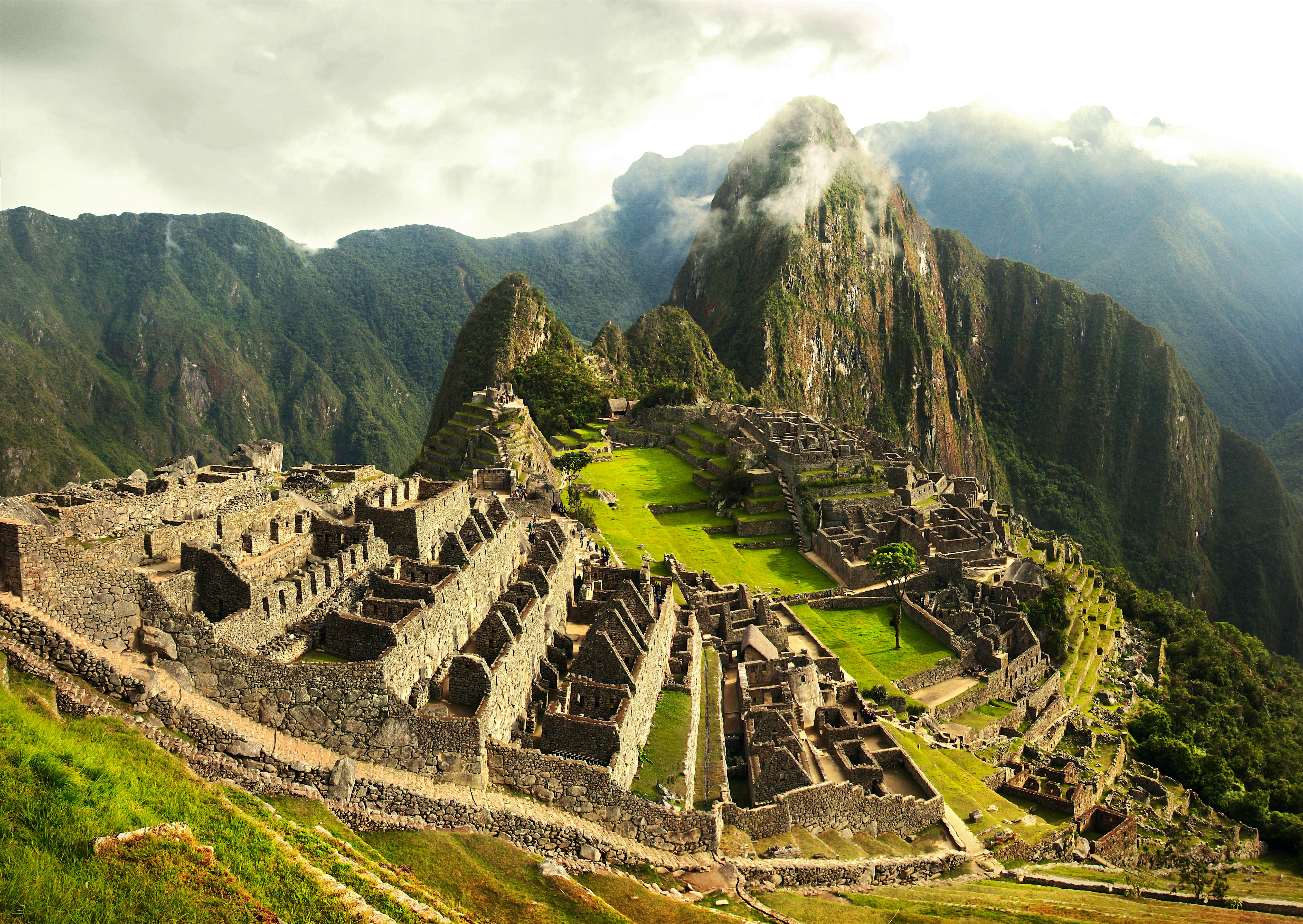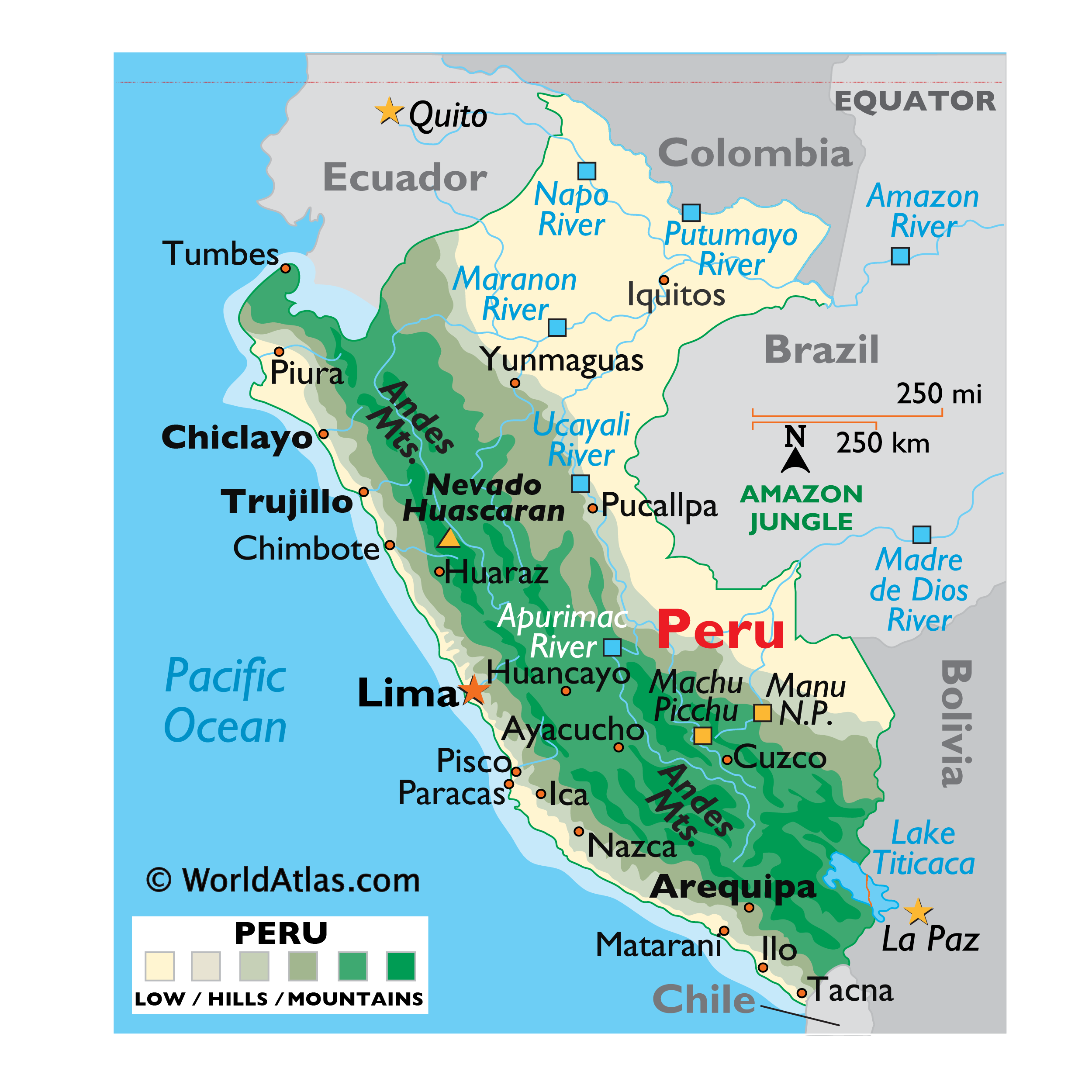Peru, a country steeped in history and culture, offers an unparalleled journey into the heart of South America. From the majestic Andes to the lush Amazon rainforest, this nation is a treasure trove of natural and cultural wonders. As one of the most popular travel destinations in the world, Peru continues to captivate visitors with its diverse landscapes, ancient ruins, and vibrant traditions.
Peru's allure lies not only in its breathtaking scenery but also in its rich historical legacy. The Incan Empire, which once thrived in this region, has left behind architectural marvels that continue to fascinate archaeologists and tourists alike. Machu Picchu, the iconic "Lost City of the Incas," stands as a testament to the ingenuity and sophistication of this ancient civilization.
For those seeking adventure, Peru provides endless opportunities for exploration. Whether it's hiking through the Sacred Valley, exploring the depths of the Amazon, or marveling at the Nazca Lines, this country promises an unforgettable experience. Let's delve deeper into what makes Peru such a remarkable destination.
Read also:United States Vs Panama A Comprehensive Analysis Of Political Economic And Cultural Relations
Table of Contents
- The Fascinating History of Peru
- Geography and Landscapes of Peru
- Cultural Diversity in Peru
- Tourism Highlights in Peru
- Peruvian Culinary Delights
- Wildlife and Biodiversity in Peru
- Economic Development in Peru
- The People of Peru
- Climate and Weather Patterns
- Travel Tips for Peru
The Fascinating History of Peru
Pre-Columbian Period
Peru's history dates back thousands of years, with evidence of human habitation found as early as 9,000 BCE. The pre-Columbian era saw the rise of several advanced civilizations, including the Chavín, Moche, Nazca, and Wari. Each of these cultures contributed significantly to the development of art, architecture, and agriculture in the region.
The Incan Empire
The Incan Empire, which flourished between the 13th and 16th centuries, is perhaps the most well-known civilization in Peru's history. At its peak, the empire stretched across modern-day Peru, Ecuador, Bolivia, Chile, and Argentina. The Incas were renowned for their advanced engineering skills, as seen in the construction of Machu Picchu and other remarkable sites.
Under the leadership of Pachacuti, the empire expanded rapidly, incorporating diverse cultures and languages. The Incas developed a sophisticated road system, which facilitated trade and communication across their vast territory.
Geography and Landscapes of Peru
Peru's geography is incredibly diverse, featuring three main regions: the coast, the Andes, and the Amazon rainforest. Each of these areas offers unique landscapes and ecosystems, making Peru a paradise for nature lovers.
- The coastal region, known for its arid deserts, is home to the famous Nazca Lines and the bustling capital city of Lima.
- The Andes, with its towering peaks and fertile valleys, is the birthplace of the Incan civilization and a haven for hikers and adventurers.
- The Amazon rainforest, one of the most biodiverse regions on the planet, covers approximately 60% of Peru's land area and provides a habitat for countless species of flora and fauna.
Cultural Diversity in Peru
Peruvian culture is a vibrant tapestry woven from indigenous traditions, Spanish influences, and modern innovations. This rich cultural heritage is reflected in the country's music, dance, art, and festivals.
Traditional Festivals
Peru hosts numerous festivals throughout the year, celebrating its diverse cultural roots. The Inti Raymi, or Festival of the Sun, is one of the most prominent events, commemorating the Incan sun god. Other notable festivals include the Candelaria Festival in Puno and the Señor de los Milagros procession in Lima.
Read also:Severance Finale A Compelling Conclusion To An Extraordinary Series
Art and Music
Peruvian art and music are deeply rooted in indigenous traditions, with instruments like the pan flute and charango playing a central role. Modern artists and musicians continue to innovate, blending traditional elements with contemporary styles.
Tourism Highlights in Peru
Peru is a world-renowned tourist destination, attracting millions of visitors each year. Its iconic landmarks and natural wonders offer something for everyone, from history enthusiasts to nature lovers.
Machu Picchu
Machu Picchu, often referred to as the "Lost City of the Incas," is Peru's most famous attraction. This UNESCO World Heritage Site is perched high in the Andes and offers breathtaking views of the surrounding mountains and valleys.
The Sacred Valley
The Sacred Valley, located near Cusco, is home to several ancient Incan sites, including Ollantaytambo and Pisac. Visitors can explore these ruins while enjoying the region's stunning scenery and vibrant markets.
Peruvian Culinary Delights
Peruvian cuisine is celebrated worldwide for its bold flavors and diverse ingredients. Drawing inspiration from indigenous, Spanish, African, and Asian influences, Peruvian dishes offer a unique culinary experience.
- Ceviche, a dish made from raw fish marinated in lime juice, is Peru's national dish and a must-try for seafood lovers.
- Lomo Saltado, a stir-fry of beef, onions, and tomatoes served with rice and fries, is another popular Peruvian favorite.
- Anticuchos, skewers of marinated beef heart, are a delicious street food option that showcases the country's rich culinary traditions.
Wildlife and Biodiversity in Peru
Peru's diverse ecosystems support an incredible array of wildlife, making it a paradise for nature enthusiasts. The Amazon rainforest, Andes mountains, and coastal regions each host unique species that contribute to the country's rich biodiversity.
Amazon Rainforest
The Amazon rainforest is home to countless species of animals, including jaguars, sloths, and macaws. Visitors can explore this lush wilderness by boat or on guided hikes, discovering the wonders of this vibrant ecosystem.
Andean Wildlife
The Andes are home to iconic species like the Andean condor and vicuña, as well as lesser-known creatures such as the spectacled bear. Hiking through the Andes offers the chance to encounter these fascinating animals in their natural habitat.
Economic Development in Peru
Peru's economy has experienced significant growth over the past few decades, driven by its rich natural resources and strategic location. The country is a major exporter of minerals, including gold, silver, and copper, as well as agricultural products like coffee and asparagus.
Despite its economic progress, Peru still faces challenges in reducing poverty and inequality. Efforts to promote sustainable development and diversify the economy continue to be a priority for the government.
The People of Peru
Peru's population is a melting pot of indigenous, European, African, and Asian influences, reflecting the country's complex history. This diversity is celebrated in Peruvian culture, where traditions from various ethnic groups coexist and enrich the national identity.
Indigenous Communities
Indigenous peoples, including the Quechua and Aymara, make up a significant portion of Peru's population. These communities preserve their languages, customs, and traditions, contributing to the country's rich cultural tapestry.
Urban Life
Cities like Lima, Cusco, and Arequipa offer a glimpse into modern Peruvian life, with bustling markets, vibrant nightlife, and a thriving arts scene. Urban centers serve as hubs for innovation and cultural exchange, while still maintaining strong ties to their historical roots.
Climate and Weather Patterns
Peru's climate varies significantly across its three main regions, influenced by its diverse geography and proximity to the Pacific Ocean. Understanding the weather patterns in each area can help visitors plan their trips effectively.
- The coastal region experiences a mild, dry climate with little rainfall throughout the year.
- The Andes have a cooler climate, with temperatures dropping significantly at higher altitudes. The rainy season typically occurs between December and March.
- The Amazon rainforest is characterized by a hot, humid climate with frequent rainfall, making it an ideal environment for its abundant flora and fauna.
Travel Tips for Peru
Preparing for a trip to Peru involves more than just booking flights and accommodations. Here are some essential tips to ensure a smooth and enjoyable journey:
Health and Safety
Travelers should take precautions against altitude sickness when visiting high-altitude regions like Cusco and Machu Picchu. Drinking plenty of water and avoiding strenuous activities upon arrival can help acclimate to the thinner air.
Packing Essentials
- Comfortable walking shoes for exploring historical sites and hiking trails.
- Light clothing for the coastal and Amazon regions, along with warm layers for the Andes.
- Sunscreen and insect repellent to protect against the sun and mosquitoes.
Conclusion
Peru is a country of immense beauty, rich history, and vibrant culture. From its ancient ruins to its breathtaking landscapes, this destination offers endless opportunities for exploration and discovery. Whether you're an adventure seeker, history buff, or food enthusiast, Peru promises an unforgettable experience.
We invite you to share your thoughts and experiences in the comments below. Have you visited Peru? What were your favorite moments? Don't forget to explore our other articles for more insights into this incredible country. Happy travels!
Data and references for this article were sourced from reputable organizations, including UNESCO, the World Wildlife Fund, and the Peruvian Ministry of Culture, ensuring the accuracy and reliability of the information provided.


